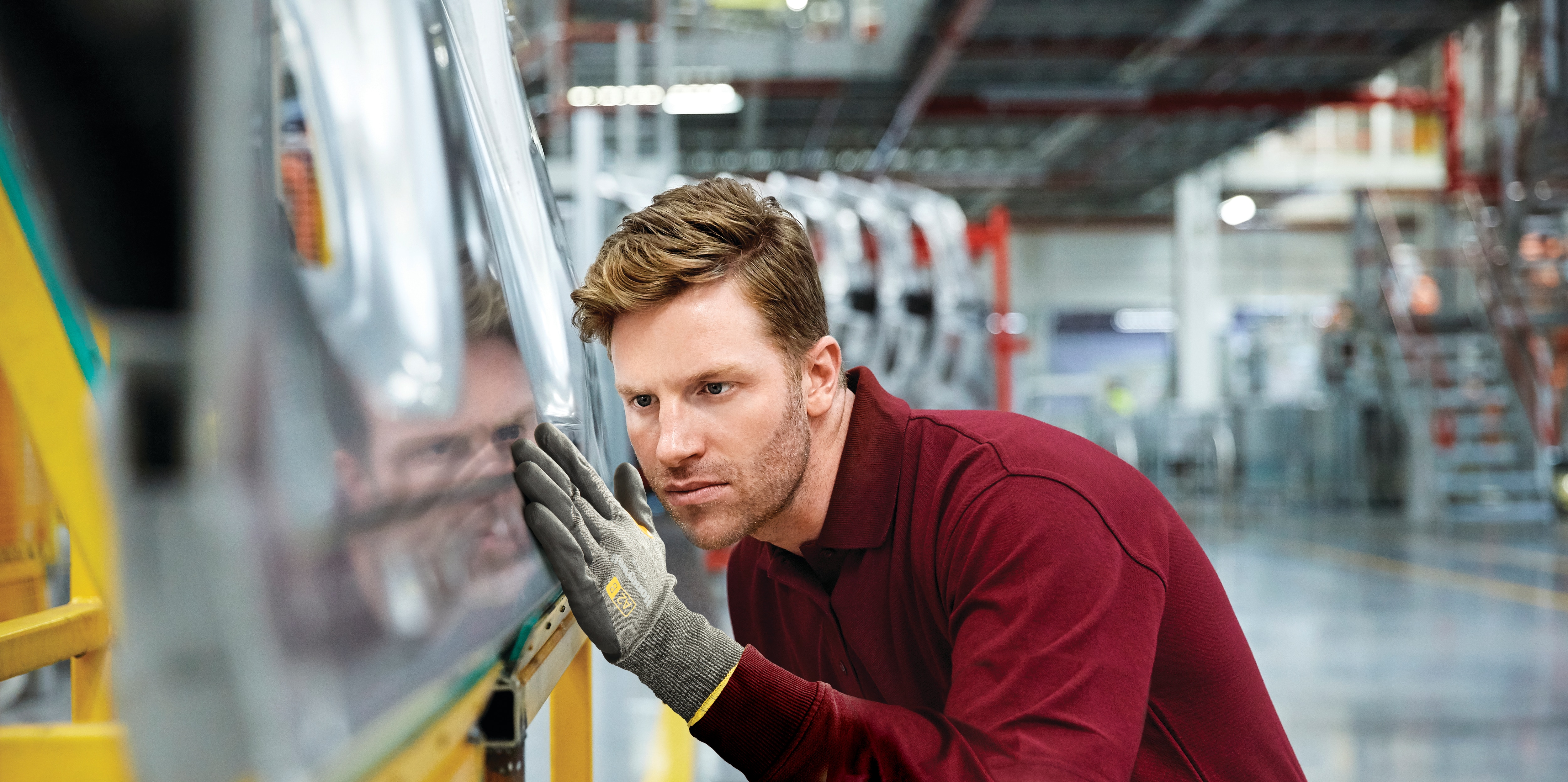-
Global
-
Africa
-
Asia Pacific
-
Europe
-
Latin America
-
Middle East
-
North America
- |
- Partners
- |
-
Currency:Localize your Content
You can set your preferred currency for this account.
Choose a Currency
Currency- CHOOSE YOUR CURRENCY
Update Currency
Changing Currency will cause your current cart to be deleted. Click OK to proceed.
To Keep your current cart, click CLOSE and then save your cart before changing currency.
-
Select Account
Switching accounts will update the product catalog available to you. When switching accounts, your current cart will not move to the new account you select. Your current cart will be available if you log back into this account again.
Account# Account Name City Zip/Post Code CANCELPROCEEDMy Account
-
Support
- View All Productivity Solutions
- Warranties
- Patents
- Global Locations
- Technical Support
- Discontinued Products
- Quality Program and Environmental Compliance
- Return Material Authorization (RMA)
- Legal Documents
- Product Certification
- Software Downloads
- Cyber Security Notifications
- Case Studies and Success Stories
- View All Sensing Solutions
- Sales Contact Form
- Technical Support
- Certificates
- eCOM Portal
- Distributor Inventory
- Return Material Authorization (Test & Measurement)
- Return Material Authorization (Citytech)
- Return Material Authorization (EnviteC)
- Legal Documents
- Intelligent Life Care
- Return Material Authorization (ILC)
-
Global
-
Africa
-
Asia Pacific
-
Europe
-
Latin America
-
Middle East
-
North America
- |
- Partners
- |
You are browsing the product catalog for
You are viewing the overview and resources for
- News & Events
- Featured stories
- Personal Protective Equipment
- Hand Protection for the Automotive Industry
Hand Protection for the Automotive Industry


Hand Protection for the Automotive Industry
Brooke Davis
April 11, 2023
Today, there are nearly 873,000 workers in the automotive manufacturing industry in the United States alone. Compared with other industries, automotive manufacturing has more than double the rate of non-fatal injuries (6.3 injuries and illnesses per 100 full-time workers in 2018 compared to 2.8 for all other private industries). Given these numbers, safety should always be the top priority.
A working environment with both robots and people
As the automotive industry evolves, repetitive tasks that require precision are being performed by advanced technologies. These technologies are being integrated at every stage of vehicle manufacturing; some tasks once performed by people are now being performed through robotics. There are many benefits to integrating robotics, such as increased productivity in performing complex tasks and reduced waste resulting from increased precision. However, arguably the best benefit of integrating robotics is that it has helped “engineer out” hazards, which helps keep the workplace safer.
While robotics is being integrated more and more frequently in the automotive industry, there are still many tasks that require people, such as painting, stamping, machining and assembling. These functions performed by automotive workers, typically at the same plant, still come with hazards. Hand injuries—like cuts, lacerations and punctures—are the third-most common type of injury in manufacturing, with more than 23,000 non-fatal injuries occurring in 2020.
The top hand hazards in automotive manufacturing and how to select appropriate protection
In the automotive manufacturing industry, the top five cut risks can be found in:
- Stamping Presses
- Cutting Raw Materials
- Assembling
- Fitting Windshields
- Logistic Operations
Each task may have a different hazard and require different types of protection. So how does Site Safety ensure the correct PPE is being used when there are all these different hazards? A good first step is a Hand Hazard Assessment, where a site’s various tasks and risks can be individually evaluated.
For example, when selecting gloves, the job hazard must always be identified. Stamping presses may require a cut level A3, and the glove may need to be silicon-free because workers handle unpainted products. In assembly, workers may require an A3 cut with impact protection because of cut and crush hazards, yet they may not require silicon-free gloves since the painting process is complete. It is important to evaluate processes on an individual basis as hazards vary so the protective measures may vary as well.
How to keep people in gloves?
Innovation in the automotive industry doesn’t just include robotics; manufacturers of PPE are innovating too. Here at Honeywell, we know that workers like to wear gloves that are comfortable and ergonomic. We are constantly evaluating our glove line because we know that uncomfortable or ill-fitting gloves means employees are at risk of taking them off or not wearing them entirely.
Innovations in materials, like the Honeywell Moisture Dispersion Technology in our Chemical Glove, Flextril™, help keep hands dry through sweat management techniques, or our Super Grip Technology, which helps reduce the effort needed to hold and handle tools and minimizes hand fatigue.
It Is important to note that PPE selection should always be an on-going process as new innovations continue to emerge; this helps employers keep their workers both comfortable on the job and safe from the different hazards they encounter.
Keeping workers safe by keeping them comfortable
Honeywell has a long-standing commitment to worker safety; we not only offer a wide range of safety gloves, from cut- to chemical-resistant gloves, but we also offer hand hazard assessments to ensure the proper protective-yet-comfortable glove is selected. To learn more about the products and services we offer, visit our website, or contact us today.
Sources:
U.S. Bureau of Labor Statistics (BLS), www.bls.gov/opub/ted/2020/motor-vehicle-
manufacturing-nonfatal-injury-and-illness-rate-twice-as-high-as-private-industry.htm
National Safety Council (NSC) Injury Facts, https://injuryfacts.nsc.org/work/industry-
incidence-rates/industry-profiles
Let's Connect!
Sign up to receive exclusive communications from Honeywell including product updates, technical information, new offerings, events and news, surveys, special offers, and related topics via telephone, email, and other forms of electronic communication.
Copyright © 2025 Honeywell International Inc
Maximum File Size
Maximum Files Exceeded
Due to inactivity you will be logged out in 000 seconds.
Maximum File Size
Maximum Files Exceeded
You cannot access this page as this product is not available in your country.

